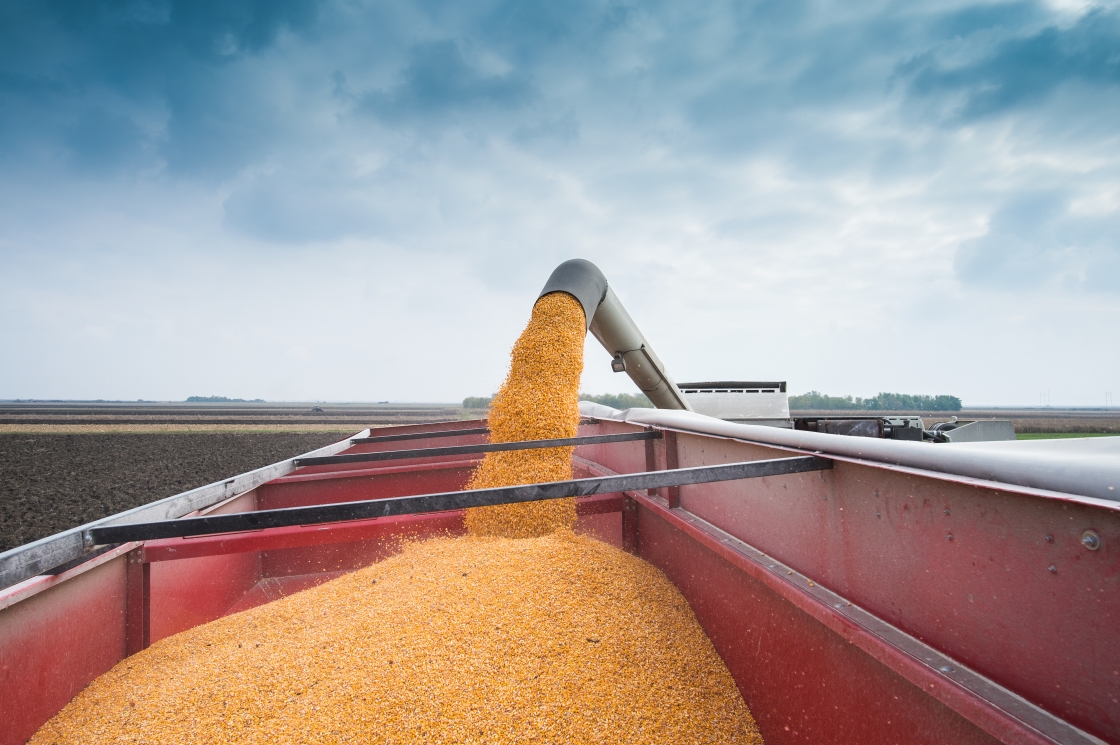
Harvest Season Driving Tips
Did you know 19% of Americans live in rural areas, but make up for 45% of traffic crash fatalities? *
As harvesting season begins, an increase of Slow-Moving Vehicles (SMV) will be seen on the road. These are usually tractors, planters, combines, and farm trucks. SMVs generally drive slower speeds, usually less than 25mph.*
SMVs are easy to spot as they are legally obligated to display the reflective orange and red SMV triangle sign where it is visible to drivers behind them. As you drive throughout the next months, act with extra caution and be prepared to slow down if you come across a vehicle that displays this SMV sign.
Tips for farmers and rural drivers:
- Farm machinery can unexpectedly turn onto a public road from a field or driveway. It is important for everyone’s safety to have patience and share the road.
- Machinery that is half on the road and half on the shoulder may suddenly move completely onto the road. Machinery may take up more than one lane to avoid obstacles such as road signs and mailboxes.
- Farm machinery travels slower than normal traffic, often at speeds of 25 miles per hour or less. Motorists must quickly identify farm equipment and slow down immediately to avoid rear-end crashes. A car going 55 mph will require 300 feet of braking distance — that's as long as a football field — to avoid rear-ending farm equipment traveling 15 mph. That means only about five seconds to close the gap.
- Slow moving vehicle signs are required on every implement of husbandry, farm tractor, modified agricultural vehicle, special mobile equipment, or any vehicle that has a maximum speed of 25 miles per hour.
- Farmers do their best to keep equipment off public roads and away from high-traffic areas, and most will pull over to allow drivers to safely pass. But sometimes it's not so easy; when road shoulders are soft or steep, pulling over can pose the risk of tipping.
Before passing farm machinery:
- Check to be sure that machinery is not turning left. Look for left turn lights or hand signals. If the machinery slows and pulls toward the right side of the road, the operator is likely preparing to make a wide left turn. Likewise, sometimes to make a right turn with wide equipment, the driver must fade to the left.
- Determine if the road is wide enough for you and the machinery to safely share.
- Look for roadside obstacles such as mailboxes, bridges, or road signs that may cause the machinery to move to the center of the road.
- Be sure there is adequate distance for you to safely pass.
Please practice caution and patience while driving during harvest season.
Sources:


